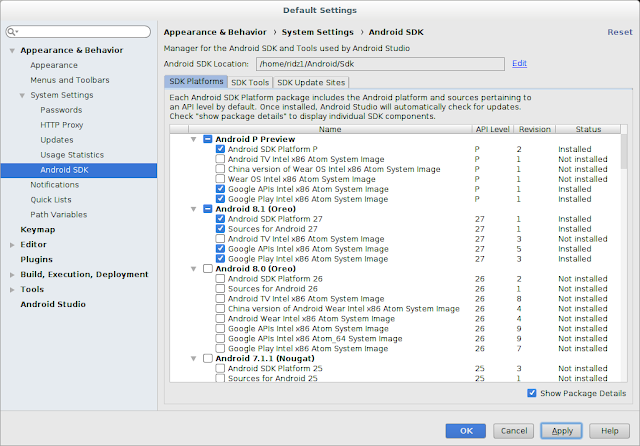

Once launched, the tool will appear as outlined in Figure 3-2. Alternatively, the tool may be launched from the command-line using the following command: android avd This can be achieved from within the Eclipse environment using the Window -> Android Virtual Device Manager menu option. To create a new AVD, the first step is to launch the AVD Manager. In order to test the behavior of an application, it will be necessary to create an AVD for an Android device configuration. New AVDs are created and managed using the Android Virtual Device Manager, which may be used either in command-line mode or with a more user-friendly graphical user interface. Figure 3-1, for example, shows an AVD session configured to emulate the Google Nexus 7 device. When launched, an AVD will appear as a window containing an emulated Android device environment.

Check the online developer documentation for your device to find out if emulator definitions are available for download and installation into the ADT environment.

Additional templates may be loaded or custom configurations created to match any physical Android device by specifying properties such as process type, memory capacity, screen size and density. As part of the installation process outlined in the previous chapter, a number of emulator template definitions were installed allowing AVDs to be configured for a range of different devices. An AVD may be configured to emulate a variety of hardware features including options such as screen size, memory capacity and the presence or otherwise of features such as a camera, GPS navigation support or an accelerometer. AVDs are essentially emulators that allow Android applications to be tested without the necessity to install the application on a physical Android based device.


 0 kommentar(er)
0 kommentar(er)
